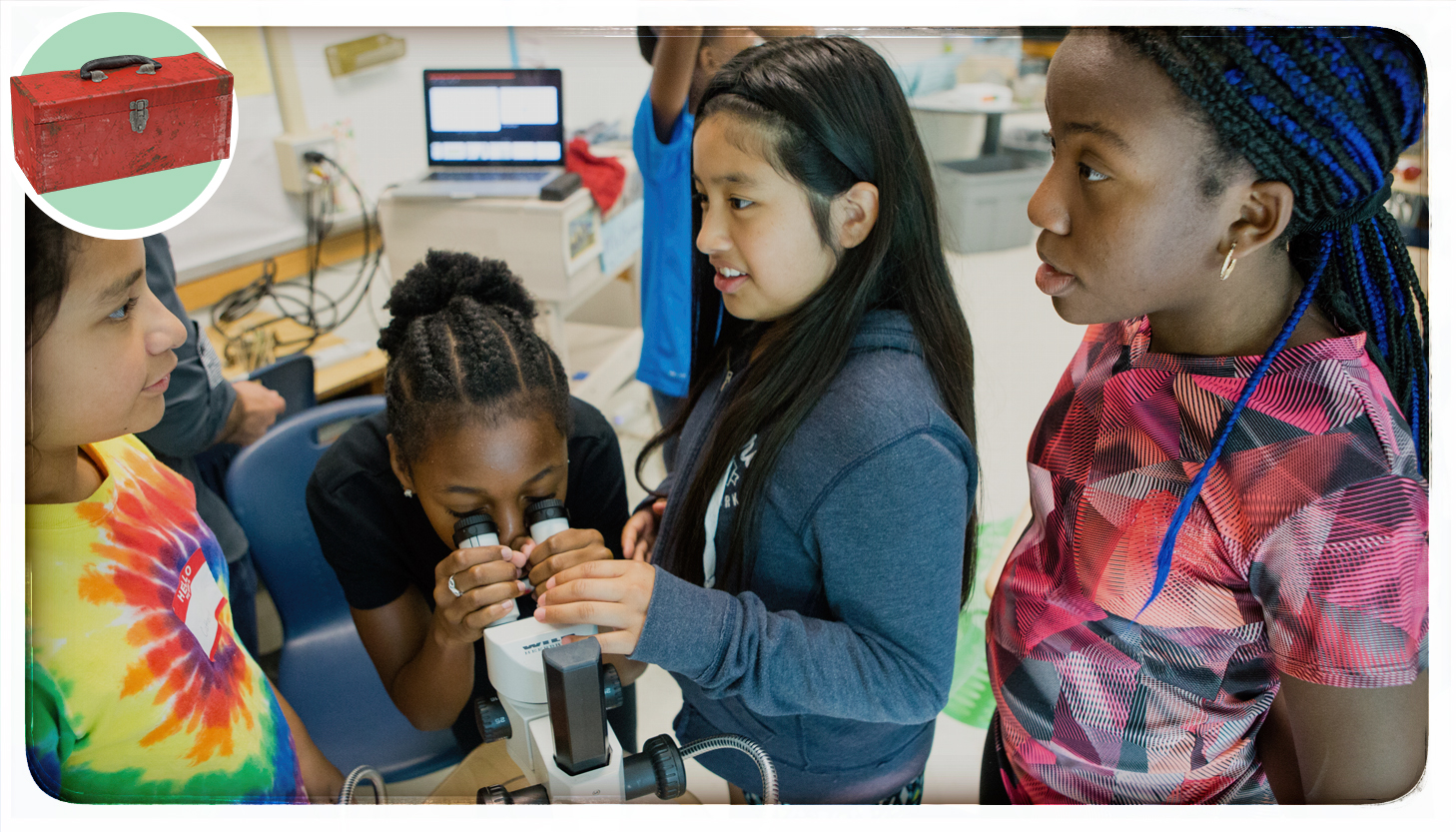When Duke TIP set out to design an engaging, immersive online experience for younger gifted and talented students, we knew problem-based learning was “the way to go.” We wanted a meaningful story that kept kids clicking and thinking and persisting. The detective work inherent to PBL suited our goals perfectly and it led us to call the program eInvestigators. As curriculum designers and program managers, we develop story problems we call mystery-based learning.
For gifted kids to sign up, and for gifted kids to want to stay in the course, the story scenarios have to be tight. We talked a long time about the standards that make for a great scenario, for meaningful rigor and challenge for this population, and came to consensus on a few rules. Each year we work with course developers, content experts, and instructional designers to create new ones, so we needed some agreed-upon evaluative rules to keep our playground fun and feasible for learning online in four weeks. eInvestigators take on the role of a real-world investigative professional to solve a mystery—whether that means uncovering what’s ailing a medical patient, finding the perpetrator of a crime, or discovering what happened to an ancient civilization–so stakes are high. We need character, plot, and setting to meet several goals.
Here’s our rubric for eInvestigator cases. Our process begins with our content expert presenting three potential scenarios to the team, and together we vet the stories per our rubric standards.
What standards guide your problem-based learning design for gifted students?
Here is our Case Scenario template that gets that conversation started. Once we’ve chosen the winning story, we then brainstorm the details: how to plot out the case step by step, what skills should be mastered when, and what product or performance students will produce. This planning process helps us create a riveting story as neatly as possible, despite the fact that designing PBL is as inherently messy as solving PBL!
We know that elementary and middle school gifted youth are ready for the kind of differentiation that allows themselves to immerse themselves as a professional in a role of a discipline such as law, medicine, archaeology, or epidemiology, to name a few subjects. Students are ready to face conundrums that are still being debated, triaged, excavated, and researched.
For more on the eInvestigators program, go here.
For excellent PBL units designed by educational innovator Dr. Shelagh Gallagher, check out Royal Fireworks Press.

So true. The real success of PBL is truly in that connection between the expertise of the content experts (all the real-world information/experiences) and the expertise of the course developers (the people with the know how to translate it into a meaningful learning environment for students). The end product is something that allows students to really dig into topics at much deeper levels!
Melissa, yes. The “real” expertise in both those roles (what do professionals in the field really do every day, and how do students really learn) make an ideal fusion for excellent curriculum. Finding ways to connect content experts with practicing educators takes work but as you say, the end product is truly worth it.